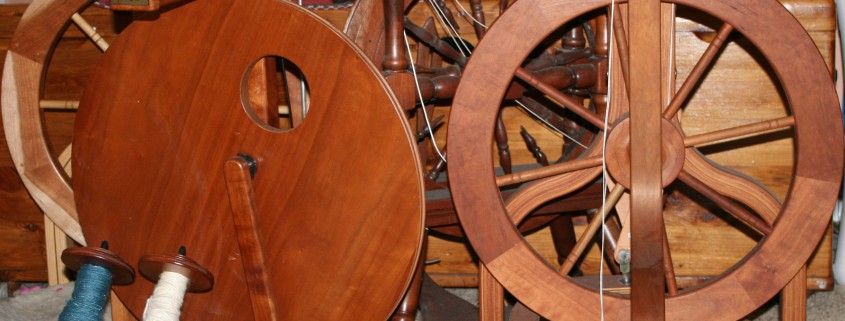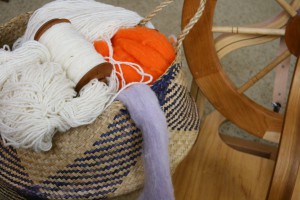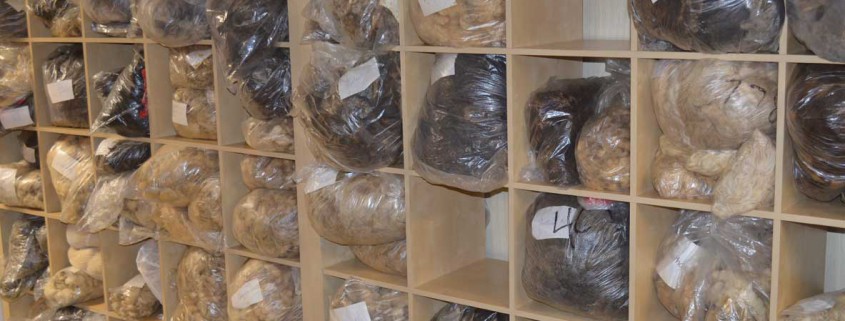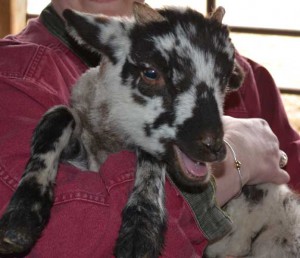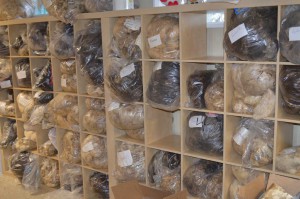You can’t pay people what they’ll take, you have to pay them what they’re worth. This simple premise becomes difficult for a myriad of reasons. The first and most confusing for some is that often people don’t know what they’re worth. That not knowing comes from a culture of silence, a lack of transparency, and as usual, the relentless pursuit of the almighty buck by people in power.
This is a huge issue in all areas of creation, and it’s hard for anybody to get a fair shake (or even to know what a fair shake is, what with all the shushing that goes on about money), but where it concerns craft, artists, fiber-work, and women is the one I’m most familiar with and the one I’m specifically talking about here. Those are a lot of areas that historically don’t get a lot of respect, right? Craft. Artists. Fiber-work. Women. Geez, it’s like a stacked deck, and I’m thrilled that Mary Beth and Abby are willing to show their cards, if you will, and get the conversation rolling.
I taught for 10 years before I started PLY Magazine and then PLY Away. I supported a family of 3, then 4, then 5 with teaching and writing, and it wasn’t easy. I could talk about that, but the truth is, I don’t teach very often now, so that’s no longer my reality and there are people with strong voices who can (and are) speaking to that. What I can speak to is the position I’m in now, which is overwhelmingly informed by my previous position as a teacher trying to eke a living out of the thing I was good at and loved doing. Now I run a magazine and put on an annual fiber retreat, and I try to do it fairly and with transparency.
I want to talk about the financials of a retreat, of a big retreat. I want to assure you that anyone who says it’s just not financially viable to pay teachers fairly (they wouldn’t use that word, of course; they’d say “pay teachers more than the industry standard” or something that makes it easier to swallow) is wrong. The key is not expecting a huge profit. Why should that be my (the organizer, underwriter, parent company, corporation) right? I believe that. The first thing you have to be willing to do is pay people what they are worth, and shockingly, that must include yourself (what I mean here is that I should get paid fairly and not expect huge profits and large salaries).
Before I get into the actual nitty-gritty numbers of PLY Away, let me give you the bottom line, in case financials bore you like they bore me (unless they’re my own). With all the outgoing and incoming money, the bottom line is it can be done. When I started this retreat, I told myself that if I could run a first-time retreat the way I wanted it to be run, treat everyone fairly, have it be enjoyable for teachers, vendors, and students alike, and break even, then I’d do it again.
I did and I am. It wasn’t hugely profitable, but that’s okay, I don’t need it to be. I don’t know when we started needing things to bring in huge profits to be worth our while. We don’t need to be rich to be happy, and this industry is not about getting rich, right? It’s about making things with our hands, about community, about who we are and who we want to be. If any aspect of this industry suffers (the farmers, the shepherds, the dyers, the teachers, the designers, the writers), the community is less. What I’m trying to say is that I didn’t need PLY Away to make a million; I just needed it to be sustainable and good. It is both those things.
Here’s our bottom line. If we sell all of our classes ¾ of the way out, there is a profit of $12k. If we sell all of the classes all the way out, there is a profit of $42k. And if we only fill the classes half full, we’ll lose about $17k. The truth is we’ll probably hit around the ¾ mark. That’s the hope anyway. And if we don’t, if we can’t do this, do it well and fairly, we shouldn’t be doing it. That’s that. You don’t sacrifice people and their livelihoods for profit. I won’t ever do that, and that’s not just for them, it’s for me.
So if you’re interested, let’s run through the numbers of what PLY Away’s actual debits and credits are, shall we?
Money Out
First, the venue. And it’s a nice venue. Really nice. You’ve gotta have a nice venue because as much as people say that they’d travel to a shack in the middle of nowhere to take a class with X, you can’t really expect them to, at least not more than once. So you pay for a venue in a nice location with good rooms, well-lit and roomy classes, and lots of food choices that is walkable to interesting things and is generally nice to be in. For me, there’s only one such place within 2 hours and that’s the Westin at Crown Center. Next year a new venue is opening, and that may give me some bargaining room, but for now, this is what I have. I tell you all this so you don’t get it in your head that I must get off cheap and other retreats surely pay more.
Here’s what I pay for the venue: $20,000 (that’s for the classrooms and marketplace for 5 days)
Then there’s food. No venue will rent to you if you don’t sign a food and beverage guarantee. And it’s a lot. I have to agree to use $10,000 worth of food and beverages. At first I thought that’d be easy because it’d include what our attendees use – wrong. It’s just what I order for the event. Things that can and are included in that 10k: the coffee and tea cart open to all in the marketplace, the coffee and tea cart in the spinners’ lobby, the break time snacks in the spinners’ lobby, and the banquet.
And about the banquet, I chose the most inexpensive meal available, which is $50/plate, but because there is a 25% tax on top of it, it’s really about $65, which is what I charged for each banquet ticket. A straight wash, the banquet, but it’s worth it because it adds to the experience, gets everyone together, and is fun!
So that’s the main venue costs. But wait! It’s 20k and 10k, but like I said, there’s a 25% tax on each of those (and annoyingly, the tax doesn’t count towards the 10k food and beverage agreement; it’s added after I reach 10k). So that means the venue’s total cost to me is $37,500. About 50 people bought tickets to the banquet (the other 60 people booked a full schedule of classes, so I paid for their banquet), so that means you can take $3250 off that total. So my new check to the Westin is more like $34,250.
The next major expense is the teachers. Here’s what I pay (and here’s a link if you want to see more about this).
- $650 per full day of teaching, $325 per half day of teaching, paid before departure for first-time teachers.
- $700 per full day of teaching, $350 per half day of teaching, paid before departure for returning teachers.
- $40 per diem for food, personal expenses, etc. (keep in mind we do cover at least 2 dinners too)
- $25 per day for shipping expenses (no receipts needed)
- travel (airfare or current IRS rate for car mileage up to price of airfare)
- single room at PLY Away venue from the night before teaching begins until morning after teaching ends
- optional teachers’ dinner
- optional banquet ticket
- optional last night dinner and teacher wind-down
When I break that down for the teachers we have, it looks like this:
15 teachers (9 new teachers, 6 returning teachers) teaching a total of 5 days (some teach 1, 2, 3, or 4 days; anyone with 3 days or more gets a half or full day break in the middle if they want it) for a total of:
New teachers total: $17,000
Returning teachers total: $15,500
Total teacher salaries: $32,500
But that’s not all it takes to bring a teacher. There’s the per diem, which for 15 at $40 each day they’re here comes out to $2000. There’s shipping at $25 per day for each teaching day, which equals $1300. There’s airfare and travel, which comes out to about $6700. All of those things together come to another 10k even. And of course we have hotel rooms, which come to $15,000 if you include my own room too.
So far that’s
$34,250 for the venue
$32,500 for teacher salary
$10,000 for per diems, shipping, and travel
$15,000 for hotel rooms
$91,750: total
But that’s not really all it costs. There’s the teachers’ dinner: $600.
I like to buy each teacher a pretty good assortment of snacks for their rooms because I know how sick I get of eating out each meal and it’s sometimes hard to find good, healthy stuff. I find out which teachers are GF, Veg, Vegan, etc. and I hit Trader Joe’s and Whole Foods and each teacher gets a goodie bag that I hope will last them the entire time they’re at PLY Away: a bunch of bananas, apples, oranges, muffins, trail mix, granola and cereal bars, nuts, chocolate, and a large bag of popcorn or something like it. This doesn’t cost a lot, but I can tell you it’s really appreciated. $300.
I also want the vendors to be happy and taken care of so I hire a couple of people to help unload their goods: $1600.
We also do a big $500 giveaway to one spinner who fills up his/her punch card in the marketplace. In an attempt to support the vendors, we run a contest; anyone who purchases from 10 different vendors in the marketplace is entered and the winner gets $500 to be spent in the marketplace. There’s also a *no purchase option, but to be honest, it’s super annoying and nobody did it last year, but we had over 100 cards in the drawing: $500.
Then there are the little things like banners, shirts, programs, buttons, goodie bags, advertising, website stuff, etc.: $2000.
So the total for those extra things is $5000.
Which brings our grand total outgoing money to $96,750.
Money In
Okay, now what about what we bring in? Here’s hoping it’s more than that, right?
I struggled with class fees. I want them to be fair, but they also have to cover that huge number up there, right? I looked at lots of different retreats and festivals, and in the end, what we needed to bring in to make it all work falls just below the the middle of retreat class prices, which I’m okay with. It’s a good chunk of change, for sure, but there’s a range and I feel like each class is worth it.
Here are the classes we offer and the money each brings in if it sells ½, ¾, or 100% out. The number is () is the cost and the other number is how many we’re holding of that type of class.
Class length ½ sold ¾ sold sold out
3-day classes ($380): 3 $9,120 $13,680 $18,240
2-day classes ($275): 6 $13,200 $19,800 $26,400
1-day classes ($165): 17 $22,440 $33,660 $44,880
1/2-day ($90): 26 $18,720 $28,080 $37,440
Total class intake $63,480 $95,220 $126,960
Of course, the event registration company takes a percentage of that so we have to adjust those numbers down a bit.
Total intake after reg fees $60,306 $90,459 $120,612
But that’s not all we take in. We’d be in trouble if it was, right?
We have sponsors who help immensely and when I say we couldn’t do it without them, I truly mean it (to check out our sponsors, go here), to the tune of about $12,000.
We have vendors, and each booth space is $350 so that brings in about $7,000.
T-shirts are a wash because we sell them at cost, and we give away the goodie bags and the buttons.
So, here’s where we are:
Total intake if we sell all of our classes ¾ out, which I feel is a reasonable goal:
$90,459 class intake after fees
$12,000 from sponsors
$7,000 from marketplace booth sales
$109,459 total income with classes 3/4 filled
And with our output at $96,750, that stands to make PLY Away about $12,000 profit.
If we sell only half out, it’s a total intake of $60,306 plus sponsors and marketplace (total $79,306) and minus the total output for a total loss of $17,453. Yes, that’s a loss. Scary stuff, but that won’t happen.
Of course, the ideal situation is that every class sells out totally and PLY Away makes a huge profit of 42k! But that’s a little much to ask, isn’t it? All I want is to keep going, make and pay a fair wage, and be and spread happiness. It’s what I got into this to do, and when I can’t do that anymore, either via the magazine or the event, it’ll be time to do something else. I don’t see that time around any corner though.
I want to note here that I could make more. I don’t have to have the extras like the give-a-ways, the vendor help, the teacher snack bags, and the teacher dinner. I could charge more for classes — if you look around at like-retreats, we’re a little below the middle. But I like the choices I’ve made and will keep making them as long as it works for PLY Away. I mostly want to point this out to point out that this type of model is viable even if you need to make more than I do. There’s a higher profit margin possible without paying people unfairly, you just have to want to make it work.
So that’s it. If you made it this far, I applaud your stick-to-it-ness and perhaps you’d like a job. Someday we’ll be hiring. You’re not going to get rich, but you will be treated fairly.


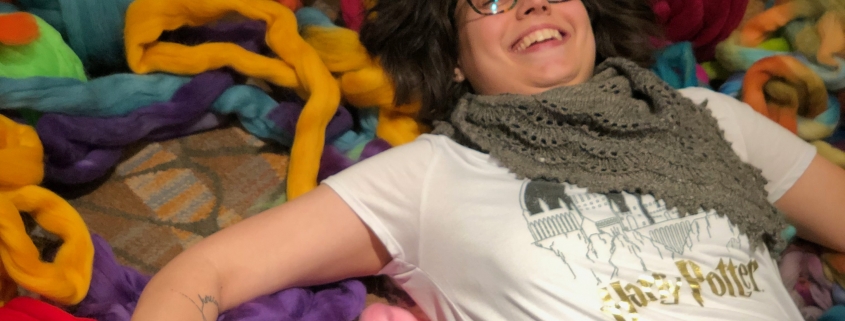
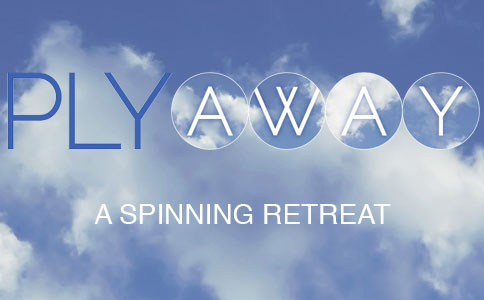
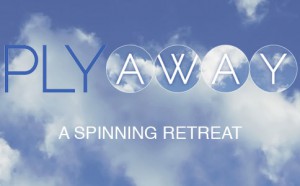

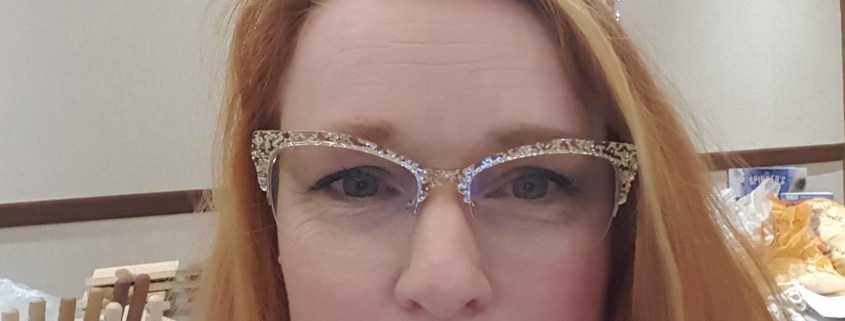
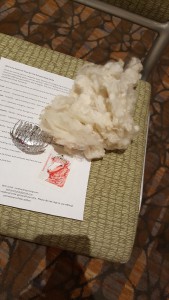
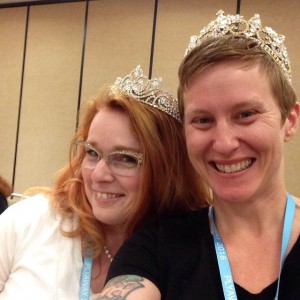 over 2 days. So there was a lovely little temporary tattoo and a tiny tiara for each participant. I also wore a tiara during the class.
over 2 days. So there was a lovely little temporary tattoo and a tiny tiara for each participant. I also wore a tiara during the class. which we visited every day. I may have bought a couple of things.
which we visited every day. I may have bought a couple of things.